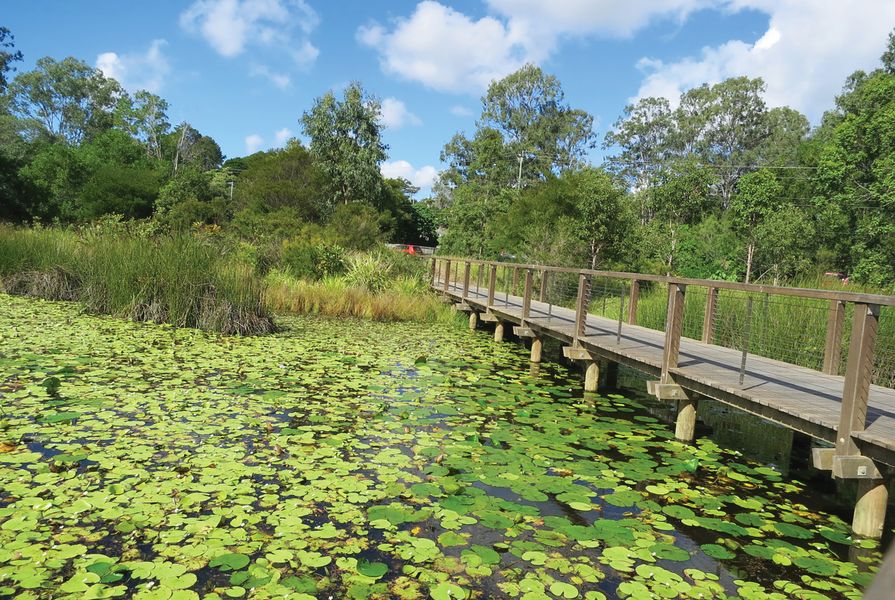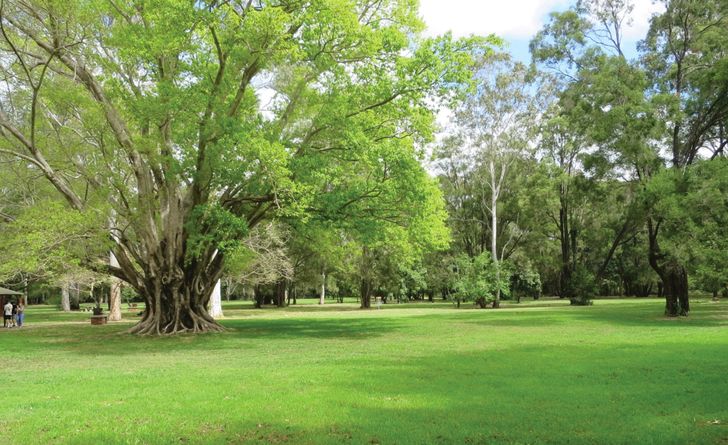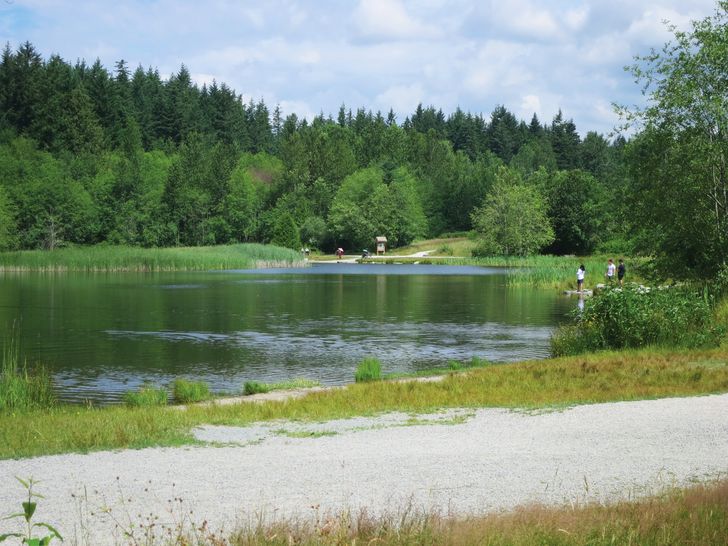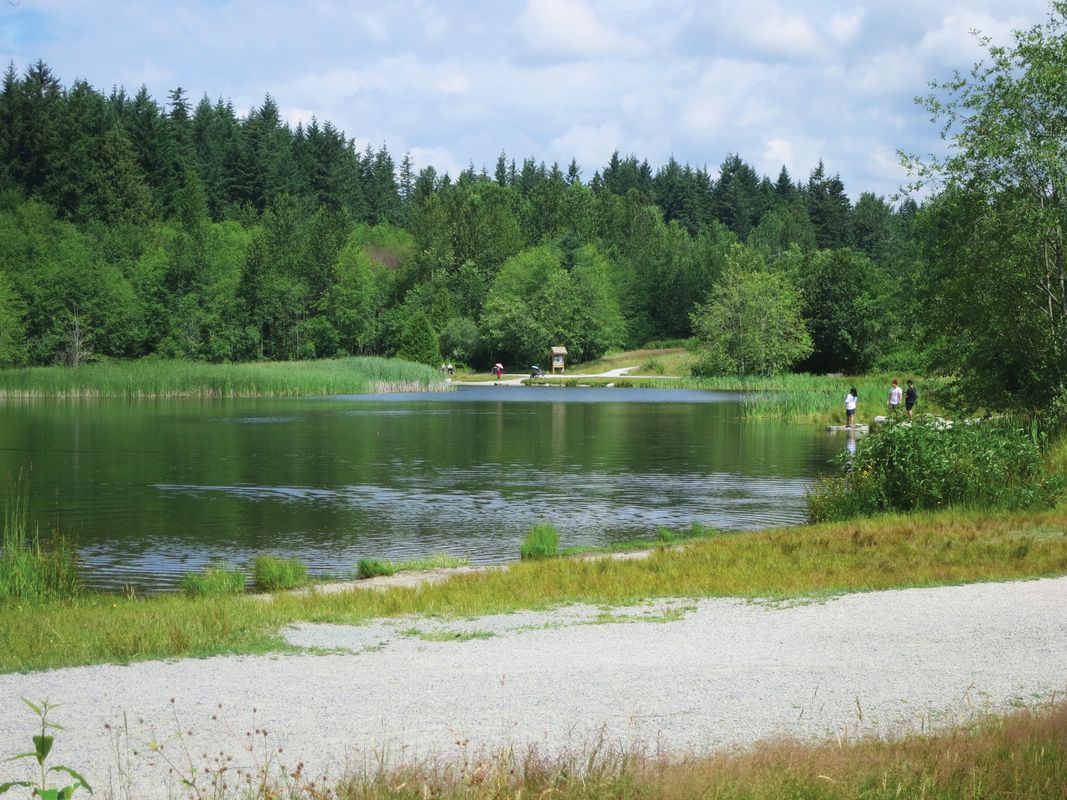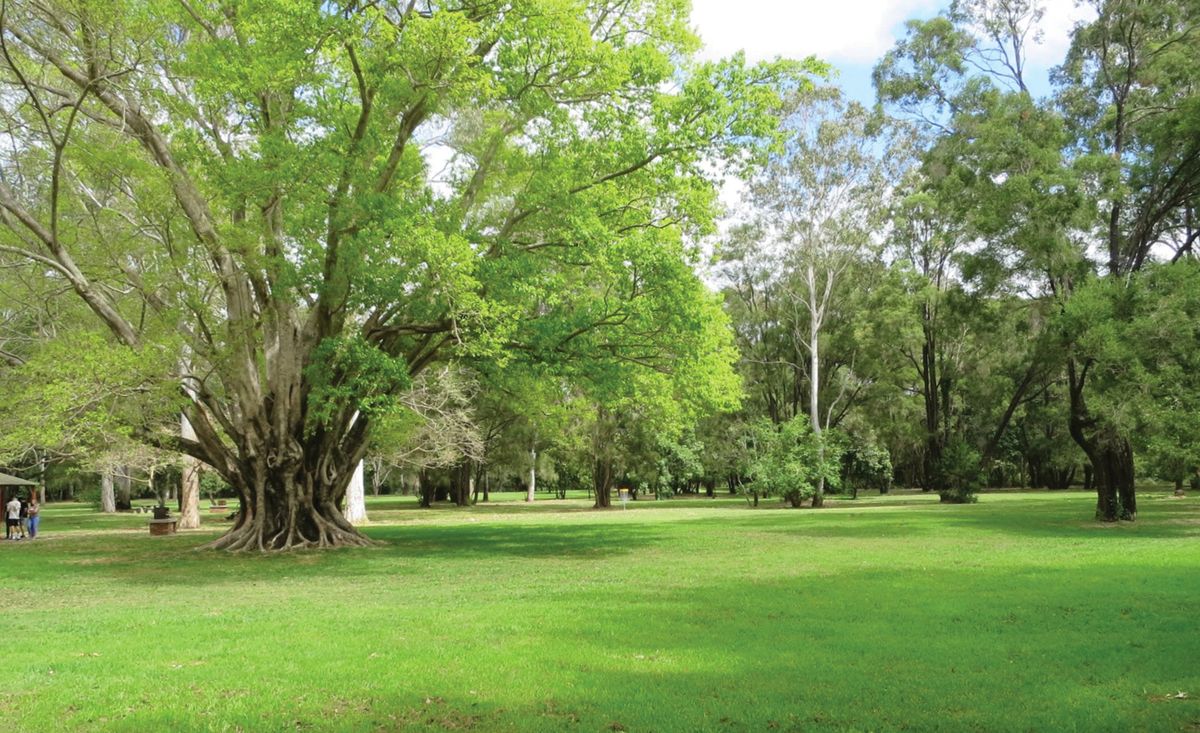Urban green space is essential infrastructure, providing the inhabitants of our cities with multiple ecosystem services and benefits. In a municipal context, urban green space includes parks, sports fields, street trees, planted and vegetated median and verge areas, wetlands and nature reserves and cemeteries. Research demonstrating the demand for more urban green space is extensive and convincing; however, studies examining the challenges of supplying urban green space have thus far been scant.
Despite the values and benefits of urban green space, land-use planning legislation often requires local government to prepare policy and plans with a continued focus solely on parks for urban green space provision. In Queensland, for example, this occurs through the development of a Priority Infrastructure Plan for parks, which prescribes area and distribution standards for parkland to service the community. As a result, local planning instruments are most often based on the traditional “standards” approach, defining a certain number of hectares of green space per thousand people and/or the number of hectares of green space within a 500-metre catchment of residential properties as the measure of success.
Research on the efficacy of using a standards approach consistently cautions scholars as well as urban planning and design professionals about this “one-size-fits-all” method. In rapidly developing urban communities, land for new parks can be scarce and/or unaffordable. But aside from parks, there are many other types of public and private urban green space, formal and informal. Researchers have revealed the value of other informal types of green spaces – for example, road verges and rail corridors. So, what might be a better approach to providing urban green space?
According to my research conducted in collaboration with Aysin Dedekorkut-Howes of the Cities Research Institute at Griffith University and Jason Byrne of the University of Tasmania, seven crucial factors shape urban green space: governance tools (legislation, policy, plans, strategies); governance structure (government, non-government, not-for-profit); organizational leadership and culture; resources (land, funding, staff); economies and markets; community expectations; and political leadership. These factors manifest differently both temporally and spatially: some factors are more influential as either drivers or barriers (sometimes as both), depending on the location and moment in time.
Alexander Clark Park in Logan, Queensland.
Image: Chris Boulton
Barriers to urban green space provision
The results from our online survey of senior local government professionals responsible for urban green space provision in six countries, including Australia and New Zealand, reveal some of the existing barriers to providing urban green space. A significant barrier for planning and design professionals from these local governments is the cost of purchasing new land for parks in a highly competitive property market. Likewise, local governments are also trying to deliver multiple strategic priorities in the face of urban growth, with limited resources. For some local governments, it seems that pursuing more land is no longer a priority, with limited funding instead directed to maintaining, replacing and/or improving existing facilities in existing parks.
In our case study of Surrey, Canada1 we found that challenges with purchasing land to create new parks resulted in aspirational rather than fixed goals for parkland provision. In this case, escalating land values had driven the local government to land-banking – purchasing land in undeveloped parts of the city ahead of development activity – which only seemed to add to the problem of land speculation. Even when the local government could acquire land with its sizeable annual parkland acquisition budget of approximately $20 million, tensions arose around conflicting community expectations of how the land was to be used. Longer-term residents were passionate about retaining the existing forest vegetation; others – typically newer residents – were keen to see the land cleared to make way for new sporting facilities (for example, soccer pitches, community centres and ice hockey rinks). In Australia, our case study of Logan, Queensland likewise revealed the challenges of trying to meet community expectations for new park facilities in the face of limited budgets for maintenance and asset renewal, and affordability for residents. These examples help to demonstrate just some of the complexities of providing urban green space in a local government context; relying solely on governance tools based on standard area provision is grossly inadequate for this task.
Green Timbers Urban Forest in Surrey, Canada.
Image: Chris Boulton
Principles for a better approach to providing urban green space
Lessons learned from our research to date suggest that efficacious urban green space provision is about much more than simply having a plan and securing resources. Applying our findings, we have developed seven principles founded on each factor, to support scholars, urban planning and design professionals (including planners, landscape architects), policymakers and city leaders (as our decision-makers) in conceptualizing a better approach to providing urban green space.
1. Governance tools
Urban green space governance tools (such as legislation, policies, plans, strategies and budgets) should be coordinated, developed and implemented at all levels of government, to ensure that communities are provided with equitable access to an adequate quantity of urban green space, commensurate with current and future needs.
2. Governance structure
Flexible and collaborative governance structures with intergovernmental and agency partnerships can support designers and planners to facilitate a holistic approach to urban green space provision.
3. Organizational leadership and culture
City leaders must provide vision and leadership, foster collaboration and support designers and planners to provide innovative and sustainable solutions for excellence in service delivery of urban green space.
4. Resources
A better approach to urban green space provision:
a) optimizes existing land resources, first and foremost, to sustainably support the broad spectrum of urban green space functions;
b) results from engagement with community partners in collaborative relationships to maximize sustainable (including shared) use of urban green space;
c) is conceived and delivered in a manner economically, environmentally,
and socially sustainable for the asset whole-of-life; and
d) is supported by individuals with relevant knowledge, skills and experience, who are engaged and assigned responsibility for urban green space planning and service delivery.
5. Economies and markets
Designers and planners should work to optimize the opportunities presented by markets and economies in an economically, environmentally and socially sustainable manner.
6. Community expectations
Urban green space should be provided at levels of service commensurate with community expectations of purpose, function and affordability, over the
whole-of-life asset cost.
7. Political leadership
City leaders should support the development of leaders in the built environment field and beyond (including designers and planners) to be engaged, informed and empowered to advocate the vision for sustainable urban green space provision.
In a world confronted with the urgency of responding and adapting to climate change – challenges that are further compounded by the impacts of the COVID-19 pandemic on our cities – urban policymakers and strategic planning and design professionals are being called to action. These times highlight the importance of strategies that can deliver accessible urban green space for good physical and mental health and the environmental sustainability of our urban habitat. Understanding the role and influence of factors shaping urban green space provision in preparing and implementing such strategies is critical, especially in fast-growing and mid-sized cities where land and financial resources are highly contested. For urban planning and design professionals, tackling urban green space provision with an antiquated approach intended simply for recreation just won’t do. We need a better approach.
1. The Surrey case study was also completed with the support of Meg Holden of the Urban Studies Program at Simon Fraser University, Canada.
Source
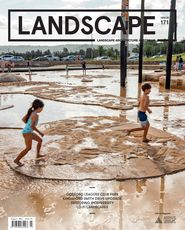
Practice
Published online: 27 Aug 2021
Words:
Chris Boulton
Images:
Chris Boulton
Issue
Landscape Architecture Australia, August 2021

